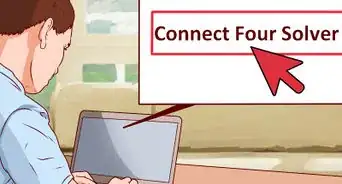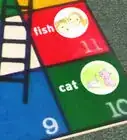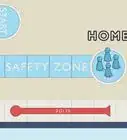This article was co-authored by wikiHow staff writer, Hunter Rising. Hunter Rising is a wikiHow Staff Writer based in Los Angeles. He has more than three years of experience writing for and working with wikiHow. Hunter holds a BFA in Entertainment Design from the University of Wisconsin - Stout and a Minor in English Writing.
The wikiHow Video Team also followed the article's instructions and verified that they work.
This article has been viewed 460,097 times.
Learn more...
Are you looking for a classic game that you can play with the whole family? With the perfect balance of luck and strategy, Ludo is super easy to learn and teach for your next game night. If you need a refresher on the rules or if you’re playing for the very first time, we’ve got you covered. Keep reading so you know how to set up the board and start playing!
Things You Should Know
- Number of Players: 2–4
- Age range: All ages
- Materials Needed: Ludo board, 1 die, 4 pieces of the same color for each player
- Objective: Roll a die and move a piece clockwise around the board’s outer track. Move all 4 of your pieces from your home base to the finishing square to win.
Steps
Setup & First Turns
-
1Place your 4 pieces in the corner of the same color. Play a game of Ludo with 2–4 players of any age. Choose one of the 4 corners on the board as your home base and take all 4 pieces that are the same color. Put all 4 of the pieces inside of your home base to finish setting up.[1]
- A Ludo board is split into 4 arms. Each arm has 3 columns of squares where the outer columns are part of the main track and the center, or “home column,” is the same color as one of the player’s pieces.
-
2Determine the first player by rolling the die. Let each player take a turn rolling the die. Whoever rolls the highest number takes the first turn of the game. After that, each player takes turns going clockwise around the board.[2]
- If you’re playing with younger kids, have the youngest person go first.
- If players tie for the highest number, re-roll the dice until someone wins.
- Variation: Some people may play Ludo using 2 dice instead of 1. Whoever has the highest total is the first player.
Advertisement -
3Roll a 6 to move a piece out of your base onto the main track. If you roll a 1-5, you can't use your roll to move a piece to the main track. The pieces in your home base aren’t considered “in the game” until they move onto the squares of the main track, so rolling 6s early will be key. Roll the die on your turn, and move your piece into the starting square on the board if you got a 6. If you get a 1–5 when all your pieces are in the home base, then your turn ends without making a move.[3]
Tip: For an easier variation, specify at the start of the game that players can roll a 1 or a 6 to get a piece on the board.
-
4Roll the die a second time after each time you get a 6. After any time you roll a 6, you earn a bonus roll. When you roll a 1–5, move the piece on the starting space that number of squares clockwise around the board’s main track around the outside of the board. If you roll another 6, either choose to move the piece that’s in the starting space around the board or move a second piece from your base into the starting space. Additionally, you get another bonus roll.[4]
- If you roll three 6s in a row, then your turn automatically ends.
-
5End your turn after moving a piece if you didn’t roll a 6. Once you move a piece after rolling any number besides a 6, end your turn. Hand the die to the next player on your left so they can take their turn.[5]
Gameplay
-
1Roll the die to move a piece during each of your turns. At the start of each turn, roll the die. If you have multiple pieces in play on the board, choose one of them to move during your turn. Any time you roll a 6, you have the option to move a piece out of your home base onto the main track or move a different piece around the board.[6]
- If you don’t have any pieces on the main track and you didn’t roll a 6 to move one from your home base, end your turn without doing anything.
- Variation: If you’re playing with 2 dice, you can split the dice between 2 pieces or move a single piece the total number. So if you rolled a 2 and a 4, you could either move one piece 2 spaces and another piece 4 spaces, or move a single piece 6 spaces.
-
2Land in a space with an opponent's piece to send it back to their base. If the dice roll makes you land exactly in the same space as another player’s piece, take their piece off of the board. Place the piece back in their home base to set them back. On their turn, the other player must roll a 6 again to get the piece back onto the board’s main track.[7]
-
3Move onto the same space as one of your pieces to make a block. If you land on the same square as another one of your pieces, place them next to or on top of each other to create the block. The other players cannot land on or pass the square with a block, but you can still move through them with your pieces to get ahead on the board.[8]
- If there is a block 3 spaces away from your piece and you roll a 4, you cannot move and must pass your turn.
- On a future turn, you’re allowed to split the movement between the pieces you’re blocking with if you roll an even number. For example, if you roll a 4, you could move both pieces forward 2 spaces.
- If you’re not able to move any other piece, you must move one of the pieces you’re using to block.
Tip: Keep in mind that blocking your opponent will delay them from finishing the game, but it also slows your progress down too. Try to delay any blocking tactics until you are near the home column of your color.
-
4Try to land on marked safe spaces (if your board has them). Some versions of Ludo have additional markings on certain spaces, such as globes or stars. When you land on a globe, your piece can’t be captured by another player, so you’re safe until you move it again. If you land on a star, then move forward on the board to the next star on the track.[9]
- If another player has their piece on a globe space that’s the same as your starting space, you can capture it by rolling a 6 and moving one of your pieces out from your home base.
Winning
-
1Move your pieces into your home column once you go around the board. Make 1 complete lap clockwise around the board’s main track until you reach the bottom square of the home column. Rather than continuing around the outer track, now your piece can move into the home column toward the finishing square in the middle.[10]
- Only pieces that match the color of the home column are allowed to move into them.
- Once you move a piece into the home column, it can’t be captured by any other players.
-
2Roll the exact number you need to get pieces into the finishing square. Once you move a piece into your home column, you cannot jump over your own pieces. If you roll the exact number of spaces you need to reach the finishing square in the middle of the board, then move your piece there. If you roll a lower number, you’re still able to move that many spaces forward, but if you roll higher, you must choose a different piece to move.[11]
- Example: If you have 1 space to move and roll a 2 or higher, you cannot move that piece into the finishing square.
-
3Win the game by moving all 4 of your pieces to the finishing square. Continue taking turns and moving your pieces around the board and into your home column. Roll the exact number you need for each of your pieces so you’re able to move them into the finishing square. As soon as a player gets all 4 of their pieces into the middle of the board, they’ve won the game![12]
Community Q&A
-
QuestionIf I didn't capture the opponents pawn, will my pawn go to the start?
 wikiHow Staff EditorThis answer was written by one of our trained team of researchers who validated it for accuracy and comprehensiveness.
wikiHow Staff EditorThis answer was written by one of our trained team of researchers who validated it for accuracy and comprehensiveness.
Staff Answer wikiHow Staff EditorStaff AnswerYou can't share a space with another player's piece, so their pawn will automatically get sent back to their home base.
wikiHow Staff EditorStaff AnswerYou can't share a space with another player's piece, so their pawn will automatically get sent back to their home base. -
QuestionIf I get a six and then a three, can I jump nine square in a row?
 wikiHow Staff EditorThis answer was written by one of our trained team of researchers who validated it for accuracy and comprehensiveness.
wikiHow Staff EditorThis answer was written by one of our trained team of researchers who validated it for accuracy and comprehensiveness.
Staff Answer wikiHow Staff EditorStaff AnswerYes, you can move the same piece a total of 9 squares or you can split the movement between 2 pieces.
wikiHow Staff EditorStaff AnswerYes, you can move the same piece a total of 9 squares or you can split the movement between 2 pieces. -
QuestionIs a pair of pawns (a double block) can be broken without reaching a star?
 wikiHow Staff EditorThis answer was written by one of our trained team of researchers who validated it for accuracy and comprehensiveness.
wikiHow Staff EditorThis answer was written by one of our trained team of researchers who validated it for accuracy and comprehensiveness.
Staff Answer wikiHow Staff EditorStaff AnswerBlocks are only removed if the player moves one of their pieces to break it apart.
wikiHow Staff EditorStaff AnswerBlocks are only removed if the player moves one of their pieces to break it apart.
References
- ↑ https://www.yenigunbackgammon.com/ProductImg/ludo-rules.pdf
- ↑ https://gambiter.com/dice/Ludo_game.html
- ↑ https://www.yenigunbackgammon.com/ProductImg/ludo-rules.pdf
- ↑ https://gambiter.com/dice/Ludo_game.html
- ↑ https://gambiter.com/dice/Ludo_game.html
- ↑ https://www.yenigunbackgammon.com/ProductImg/ludo-rules.pdf
- ↑ https://www.djeco.com/data/rules/DJ05223_EN.pdf
- ↑ https://www.fgbradleys.com/rules//AutoRace.pdf
- ↑ https://gambiter.com/dice/Ludo_game.html
About This Article
Ludo is a strategy board game played with 2 to 4 players. The objective of the game is to be the first player to move all 4 of your tokens around the board and into the home base. To set the game up, each player places their 4 tokens on the 4 blank spaces inside the circle on their corner of the board. Each player rolls the die and the player with the highest roll goes first. Going clockwise, each player takes turns rolling the die once per turn until they roll a 6. Once a player rolls a 6, they may place one of their tokens on the starting position in the marked square on the leftmost column where their color starts. Once a piece is in play, that player must move their token according to the number rolled on each die roll they make. Pieces move clockwise around the board on the white spaces until they return to the player’s starting column. Once a piece reaches the color-coded row at the end of their trip around the board, a player must roll a die with the exact number of spaces required to reach the home base in the middle. When a piece successfully reaches the home base, it is removed from play. If a player rolls a 6 and already has a token in play, they may elect to put a new token into play. If a 6 is rolled, that player makes an additional bonus roll. If a second 6 is rolled, that player takes a third roll. If a third 6 is rolled in a row, that player may not move and the turn ends. A player may not land on a square they already occupy, although there are variations of the game that allow a piece to be promoted to a “double piece.” However, if a player lands on an opposing player’s token, that opposing player’s token is returned to its original starting position in the corner of the board. The first player to get all 4 of their tokens to the home base wins, and play resumes to determine the second, third, and fourth place players. For tips on how to capture your opponents pawn or pair your own pawns, read on!
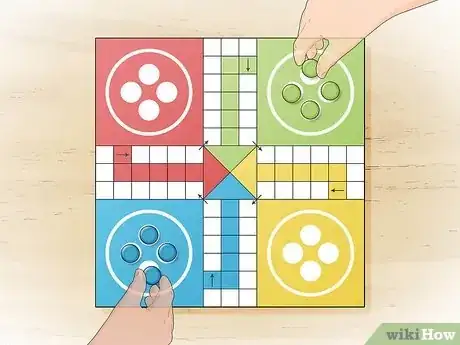
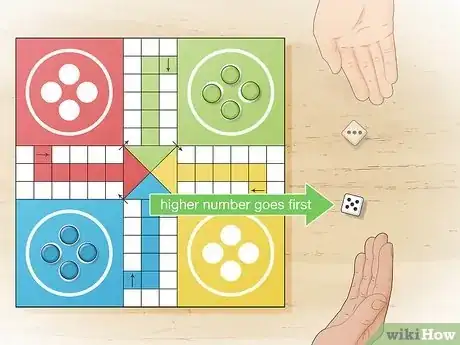
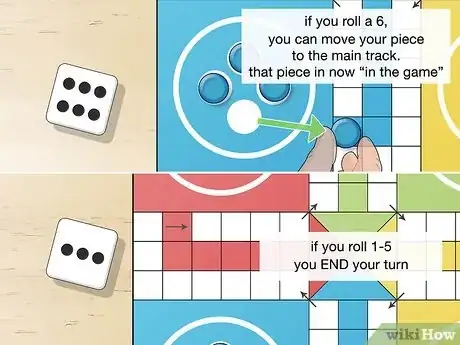
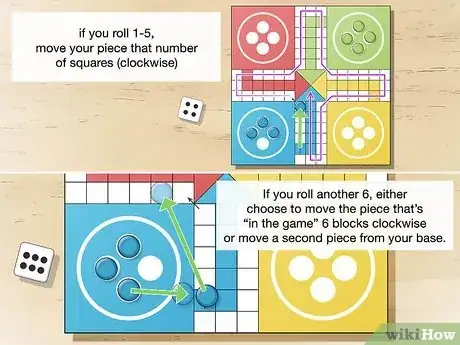
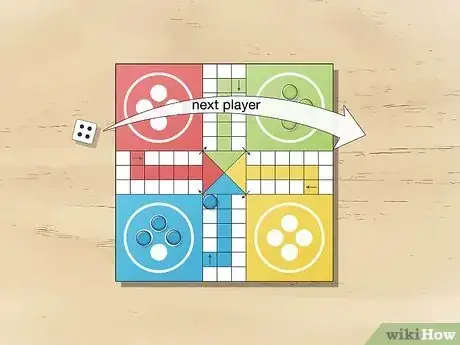
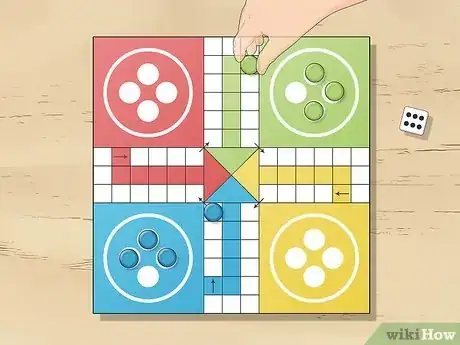
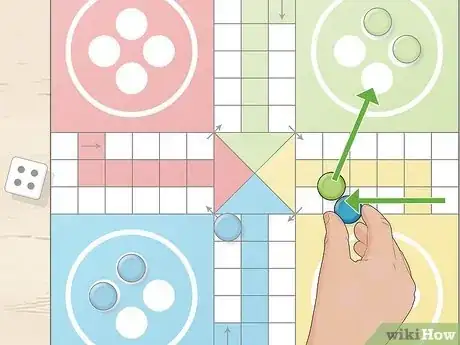
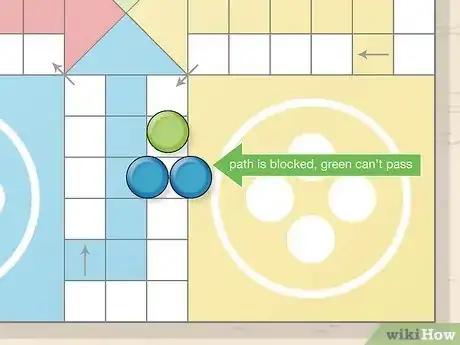
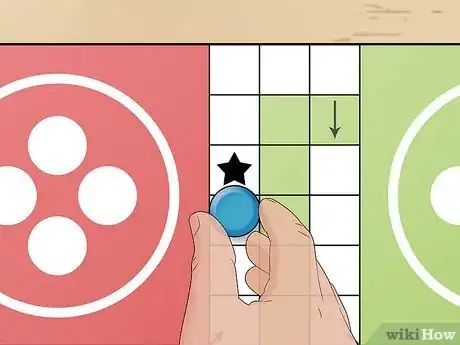
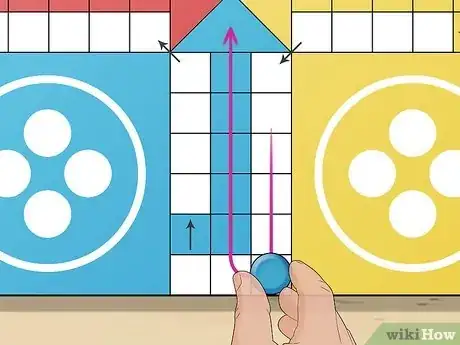
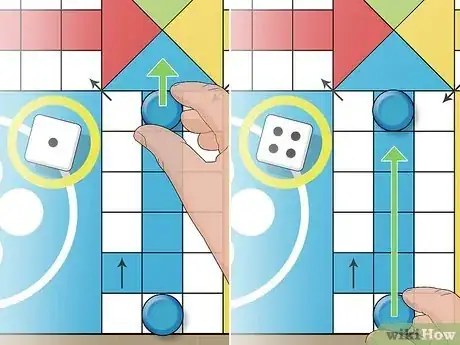
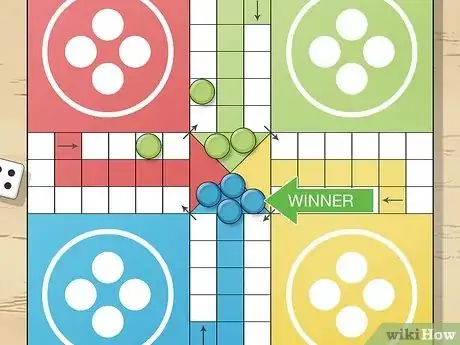
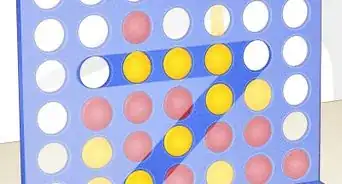
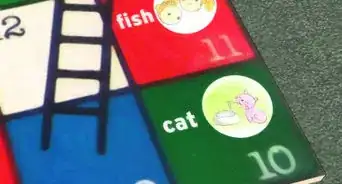

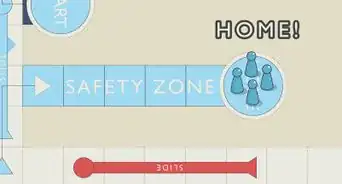
-Step-10-Version-2.webp)
